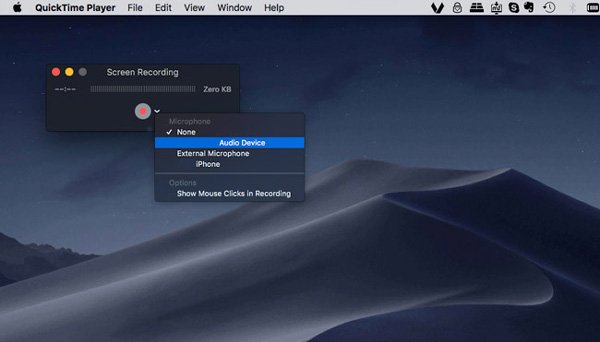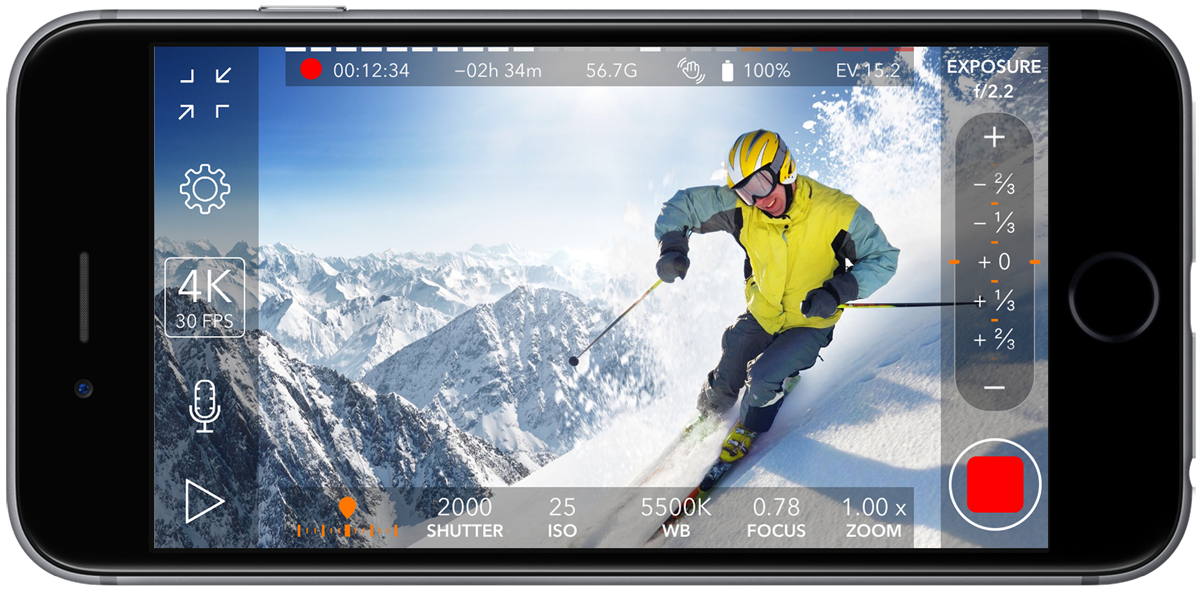

- Using sound siphon to record audio from screen videos plus#
- Using sound siphon to record audio from screen videos free#
This gives you OneLook at your fingertips, and
Using sound siphon to record audio from screen videos free#

We'd rather give you too many options thanĪ word to check its definition before using it in your Oscars Not all of the results will make sense at first, butĮxplore a bit and you may see the connection. We highlight the most directly related results in yellow.īeyond that, they're meant to inspire you to consider similar words and relatedĬoncepts. I'm only looking for synonyms! What's with all these weird results?įirst result or the first few results are truly useful. Read more details on filters if you're interested in how they work. This lets you narrow down your results to matchĪ certain starting letter, number of letters, number of syllables, relatedĬoncept, meter, vowel sound, or number of syllables. You can refine your search by clicking on the "Advanced filters" button You can re-order the results in a variety of different ways, includingĪlphabetically, by length, by popularity, by modernness, by formality, and by otherīox that says "Closest meaning first." to see them all. The second-most closely shown second, and so on. Your results will initially appear with the most closely related word shown first, ?lon:synthetic fabric and the other examples above.Ĭlick on any result to see definitions and usage examples tailored to your search,Īs well as search links and additional usage information when available.

Using sound siphon to record audio from screen videos plus#
NEW! A plus sign ( +) followed by some letters at the end of a pattern means "restrict to these letters".
For example, the query sp?-ei finds 5-letter words that start with "sp" but do not contain an "e"or an "i", such as "spoon" and "spray". NEW! A minus sign ( -) followed by some letters at the end of a pattern means "exclude these letters". Returns 5-letter words that contain a W and an E, such as "water" and "awake". Question marks can signify unknown letters as usual for example, //we? For example, the query //blabrcs//e will find "scrabble". You can use another double-slash to end the group and put letters you're sure of to the That contain a "y" somewhere, such as "happy" and "rhyme".Ī group of letters to unscramble them (that is, find anagrams.)įor example, the query //soulbeat will find "absolute"Īnd re//teeprsn will find "represent" and "repenters". NEW! The comma ( ,) lets you combine multiple patterns into one.įor example, the query ?,*y* finds 5-letter words The at-sign ( matches any English vowel (including "y").įor example, the query finds the word "about" but not "abort". The number-sign ( #) matches any English consonant.įor example, the query tra#t finds the word "tract" but not "trait". That means that you can use it as a placeholder for a single letterįor example, will find the word "Lebanon". The question mark ( ?) matches exactly one letter. You'll get all the terms that contain the sequence "lueb",Īnd so forth. You'll get all the terms that end with "bird" if you enter That means that you can use it as a placeholder for any part of a word or phrase.įor example, if you enter blueb* you'll get all the terms that start with "blueb" if you enter


 0 kommentar(er)
0 kommentar(er)
